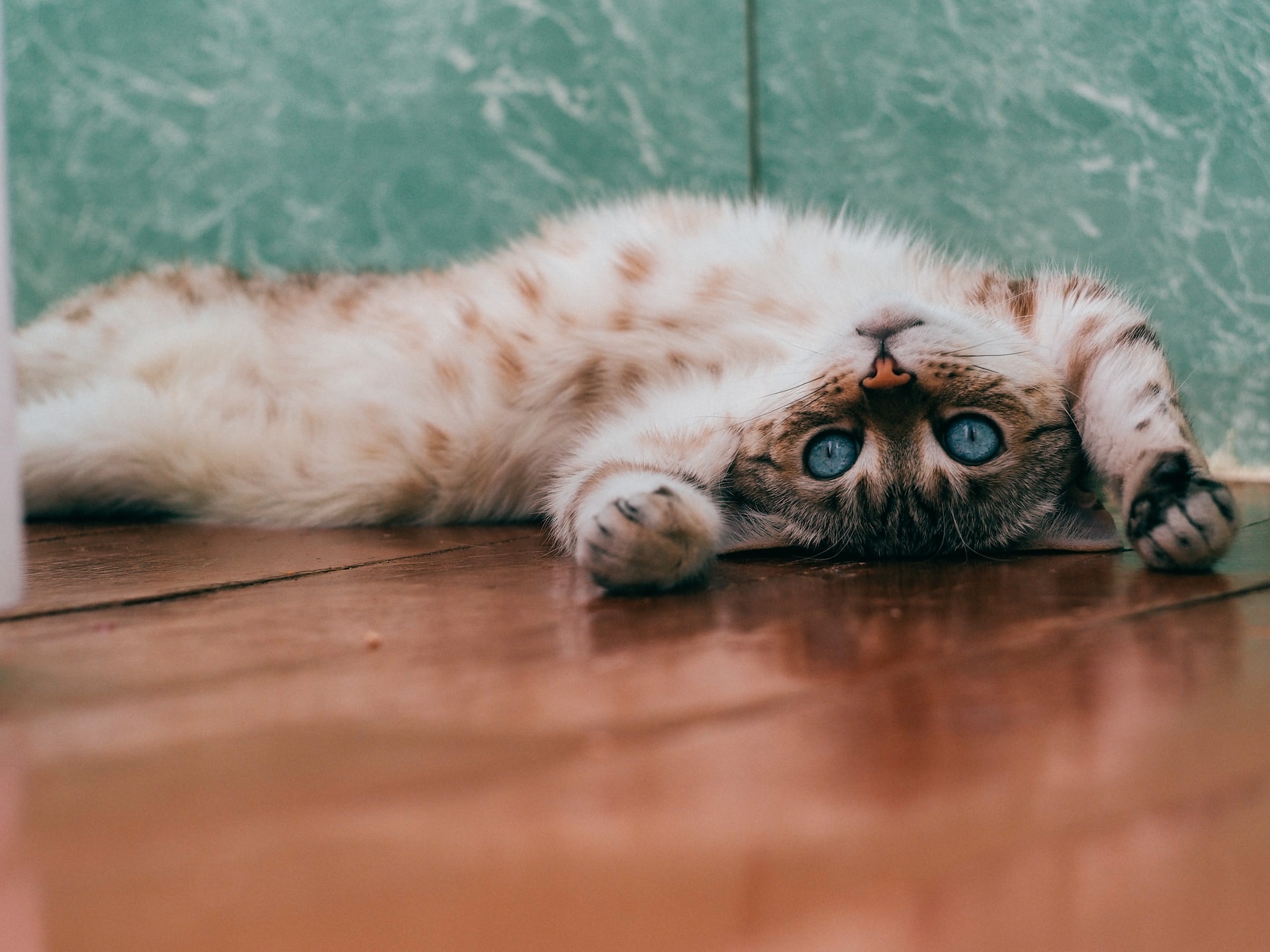20 Fun and Surprising Facts About Cats

Cats are one of the most beloved pets in the world. With their soft fur, playful personalities, and cute meows, it’s no wonder they have captured the hearts of millions. But did you know that there is much more to these furry felines than meets the eye?
Cats have been domesticated for thousands of years
Cats have been domesticated for over 9,000 years, making them one of the oldest domesticated animals in the world. Domesticated cats were initially used for their hunting prowess, which helped control rodents.
A group of cats is called a clowder
A group of cats is referred to as a clowder, although it can also be called a glaring, a pounce, or a kindle.
Cats can jump up to six times their body length
Cats are known for their incredible jumping ability, and they can jump up to six times their body length in a single bound.
Cats have a unique collarbone that allows them to fit through small spaces
Cats have a collarbone that is not connected to any other bones in their body, which allows them to fit through small spaces with ease.
Cats spend up to half of their waking hours grooming themselves
Cats are known for their grooming habits, and they spend up to half of their waking hours cleaning themselves. This helps to keep their coats clean and free from tangles and debris.
A cat’s purr has healing properties
A cat’s purr is not only soothing and comforting but also has healing properties. The frequency of a cat’s purr has been shown to promote healing and reduce stress in humans.
Cats have more bones than humans
Cats have 244 bones in their bodies, while humans only have 206. This is due to the additional bones in a cat’s tail and its flexible spine.
A cat’s nose print is as unique as a human’s fingerprint
A cat’s nose print is as unique as a human’s fingerprint and can be used to identify them, just like a human’s fingerprint can be used to identify them.
Cats can’t taste the sweetness
Cats do not have a sweet tooth and cannot taste sweetness. This is due to a genetic mutation that occurred in their ancestors that caused them to lose the ability to taste sweetness.
A cat’s hearing is much better than a human’s
Cats have excellent hearing and can hear sounds up to 64,000 Hz, compared to humans, who can only hear sounds up to 20,000 Hz.
Cats have excellent night vision
Cats are crepuscular and are most active during the twilight hours. They have excellent night vision due to their large eyes and a layer of reflective cells behind their retinas.
Cats have retractable claws
Cats have retractable claws that they can extend and retract as needed. This helps them to climb, scratch, and catch prey more effectively.
Cats can run up to 30 miles per hour
Cats are also very fast runners and can reach speeds of up to 30 miles per hour.
Black cats are considered lucky in some cultures
In some cultures, black cats are considered lucky and are thought to bring good fortune and prosperity.
Cats have a flexible spine and no collarbone, allowing them to fit in small spaces
Cats are known for their ability to squeeze into small spaces and tight corners. Their flexible spine and lack of collarbone help to facilitate this ability.
Cats can make over 100 different sounds
Cats are very vocal animals and can make over 100 different sounds, including meows, purrs, hisses, and growls.
Cats are crepuscular, meaning they are most active during twilight hours
Cats are most active during the twilight hours, which are the periods just before dawn and just after sunset. Cats are known to be crepuscular, which means they are most active during the twilight hours, which are early morning and evening. This is because of their natural hunting instincts, as they prefer to hunt during these hours.
Paw Structure
Cats have five toes on their front paws and four toes on their back paws. This unique structure of their paws allows them to have better balance and grip on surfaces, making them excellent climbers and jumpers.
Lactose Intolerance
Most cats are lactose intolerant, which means they cannot properly digest milk and other dairy products. This is due to the lack of lactase, an enzyme that helps break down lactose, in their digestive system. Feeding them milk or dairy products can lead to digestive issues such as vomiting and diarrhea.
Domestic Cat Lifespan
Domestic cats can live up to 20 years with proper care and nutrition. However, the lifespan of a cat can be influenced by various factors, including breed, genetics, diet, and environment.
In conclusion, cats are fascinating creatures with a long history of domestication and unique traits that make them beloved pets to so many people. From their incredible jumping abilities to their healing purrs, there is always something new to learn about these furry felines. Whether you’re a cat owner or just a cat lover, we hope these 20 fun and surprising facts have deepened your appreciation for these amazing animals.





